8 Free Planetary Science Photos transparent PNG images
Explore our captivating collection of Planetary Science Photos, featuring 8 free AI-generated images that showcase the wonders of our cosmic neighborhood and beyond. From detailed renderings of planetary surfaces to artistic interpretations of distant galaxies, our diverse collection includes high-quality stock photos, 3D objects, vectors, and illustrations. Each image is available for high-resolution download, and our innovative 'open in editor' feature allows you to refine the AI prompts to generate your perfect astronomical visualization.
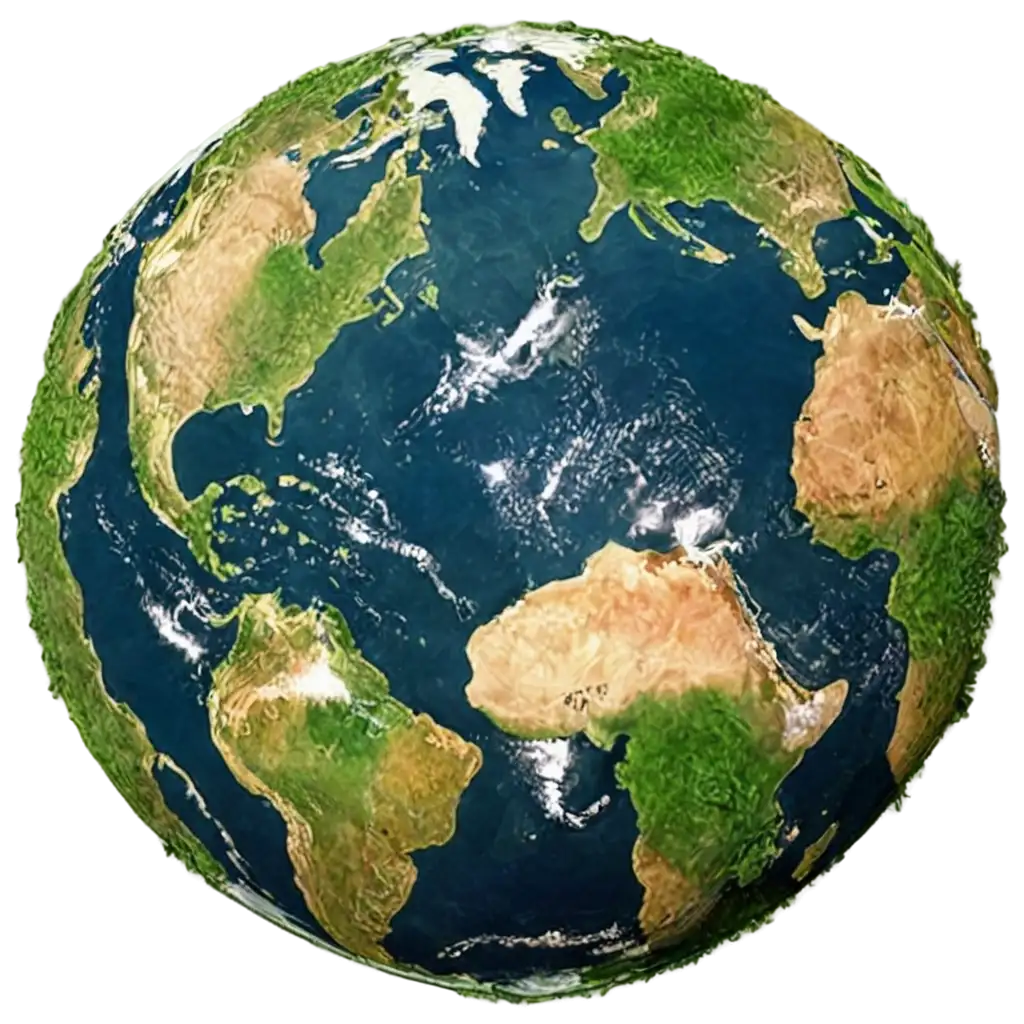
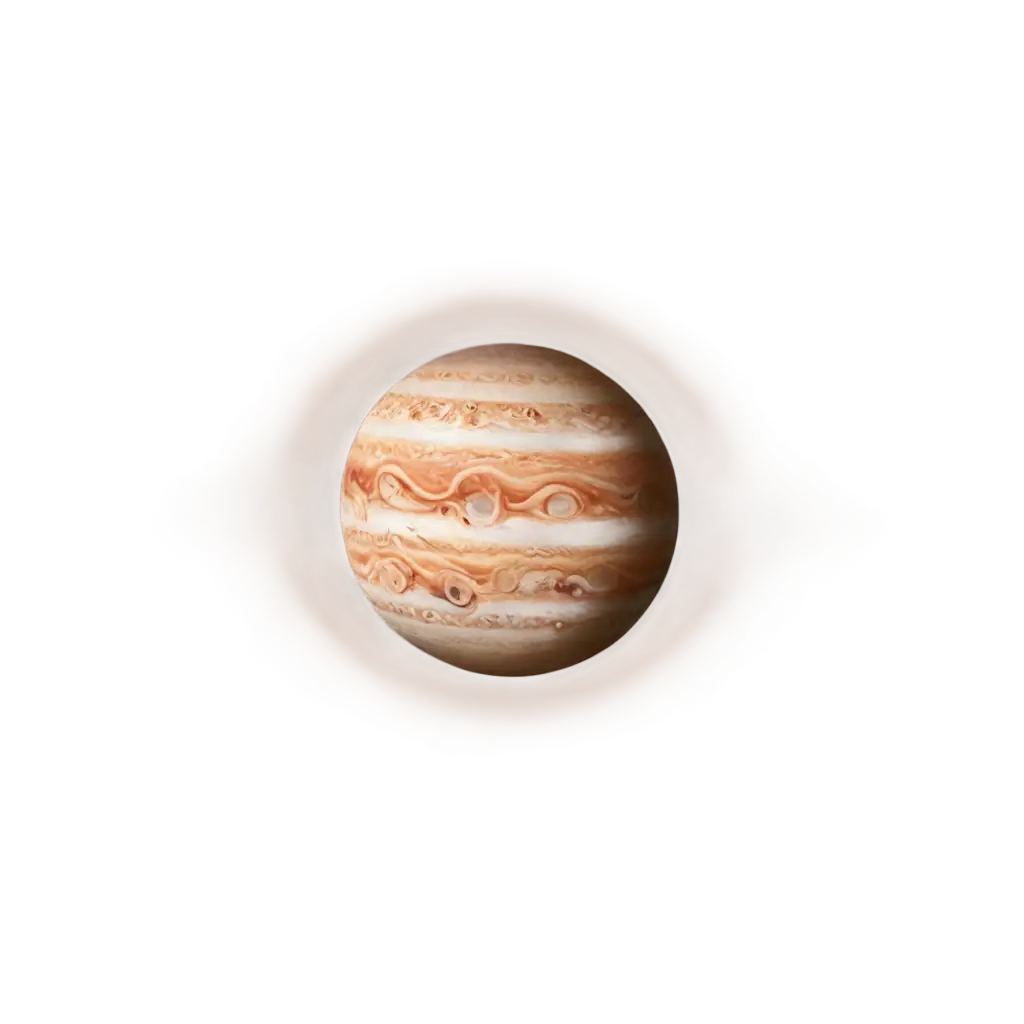
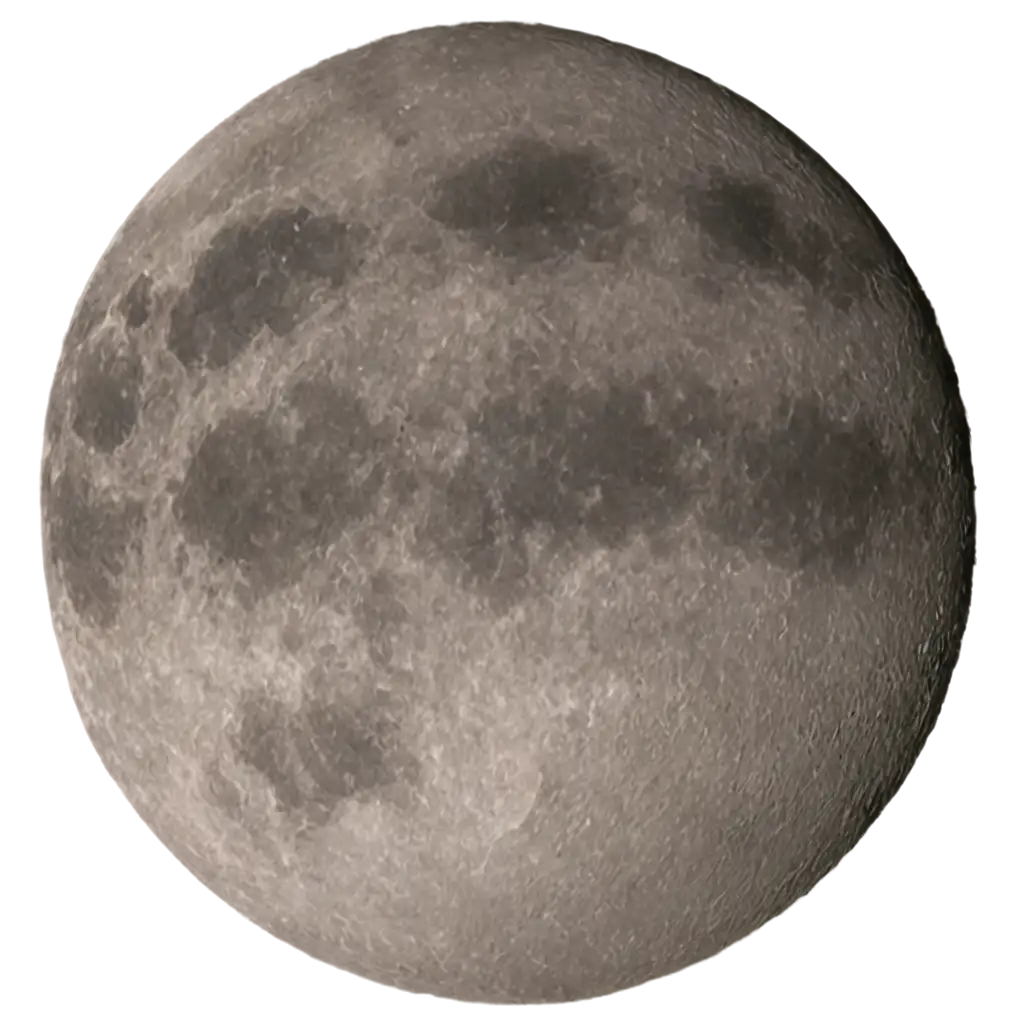
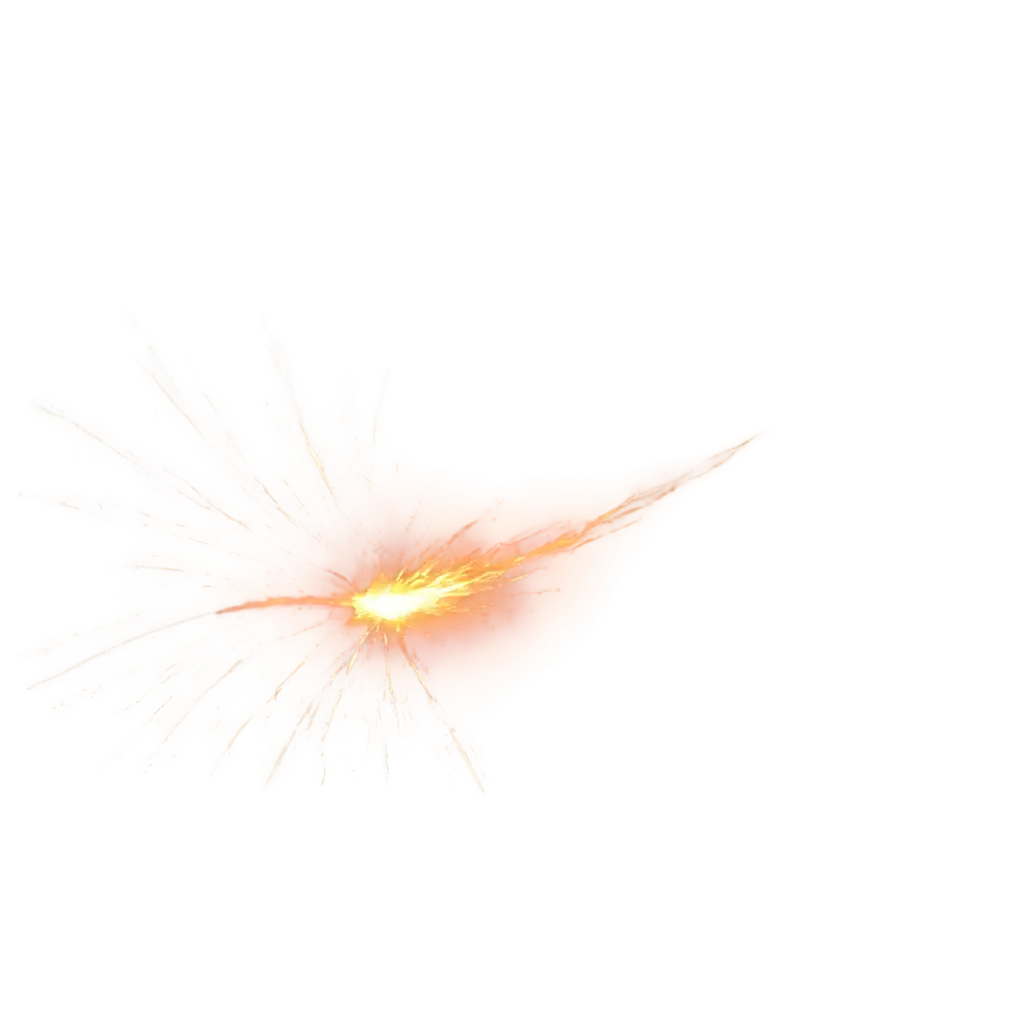
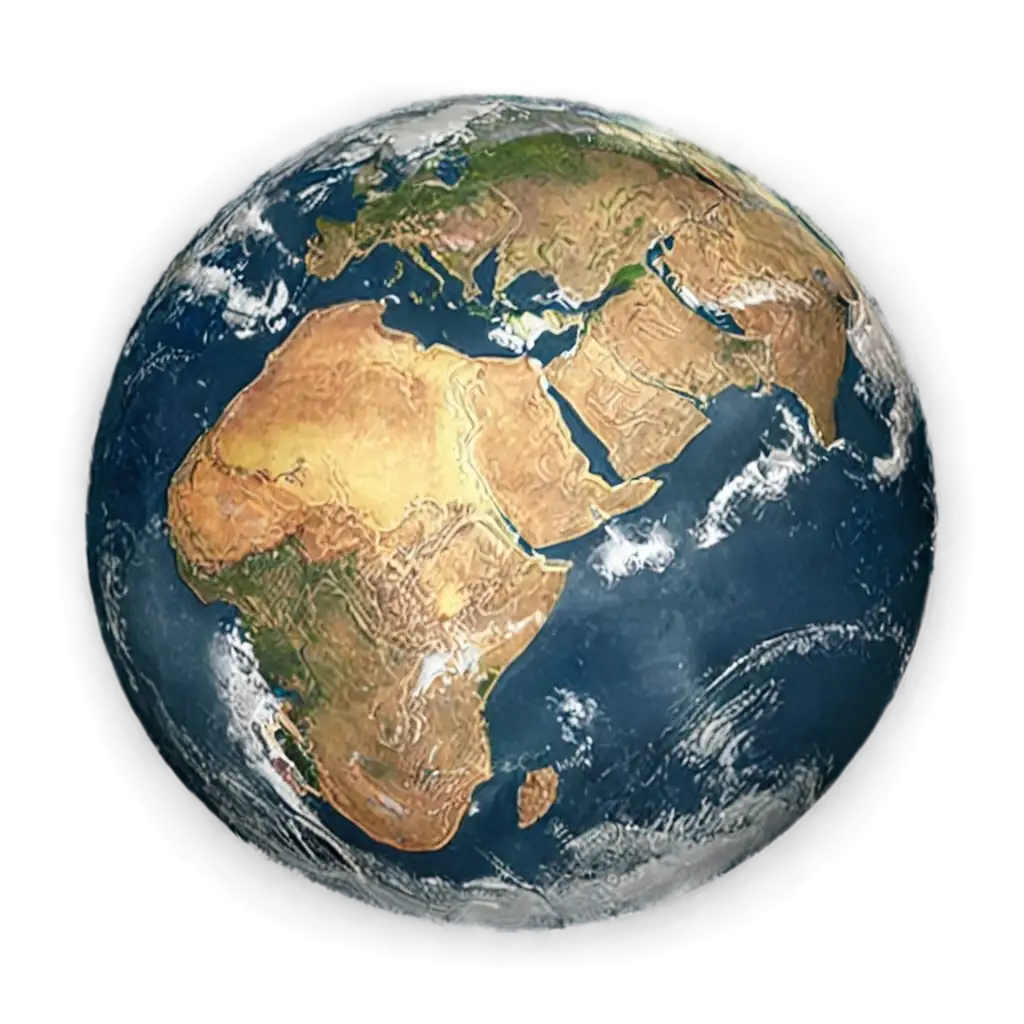
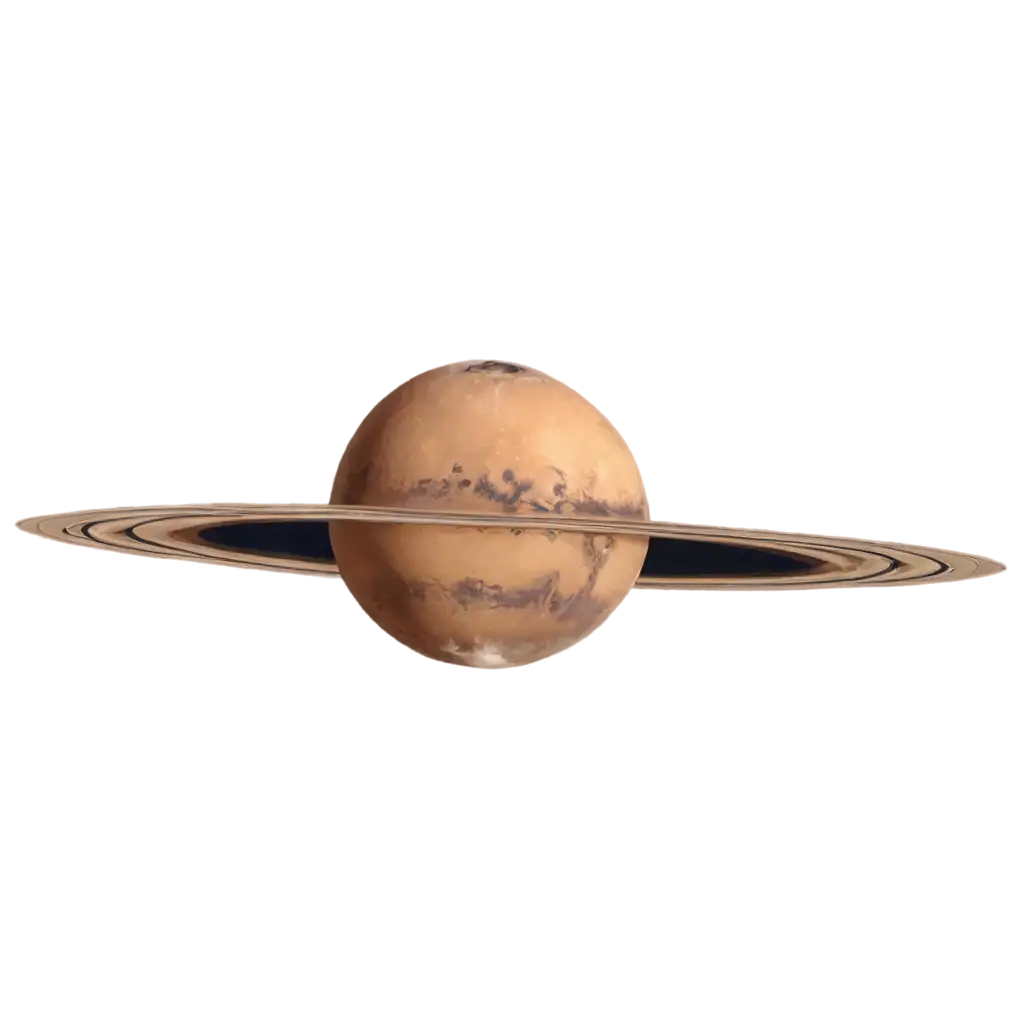

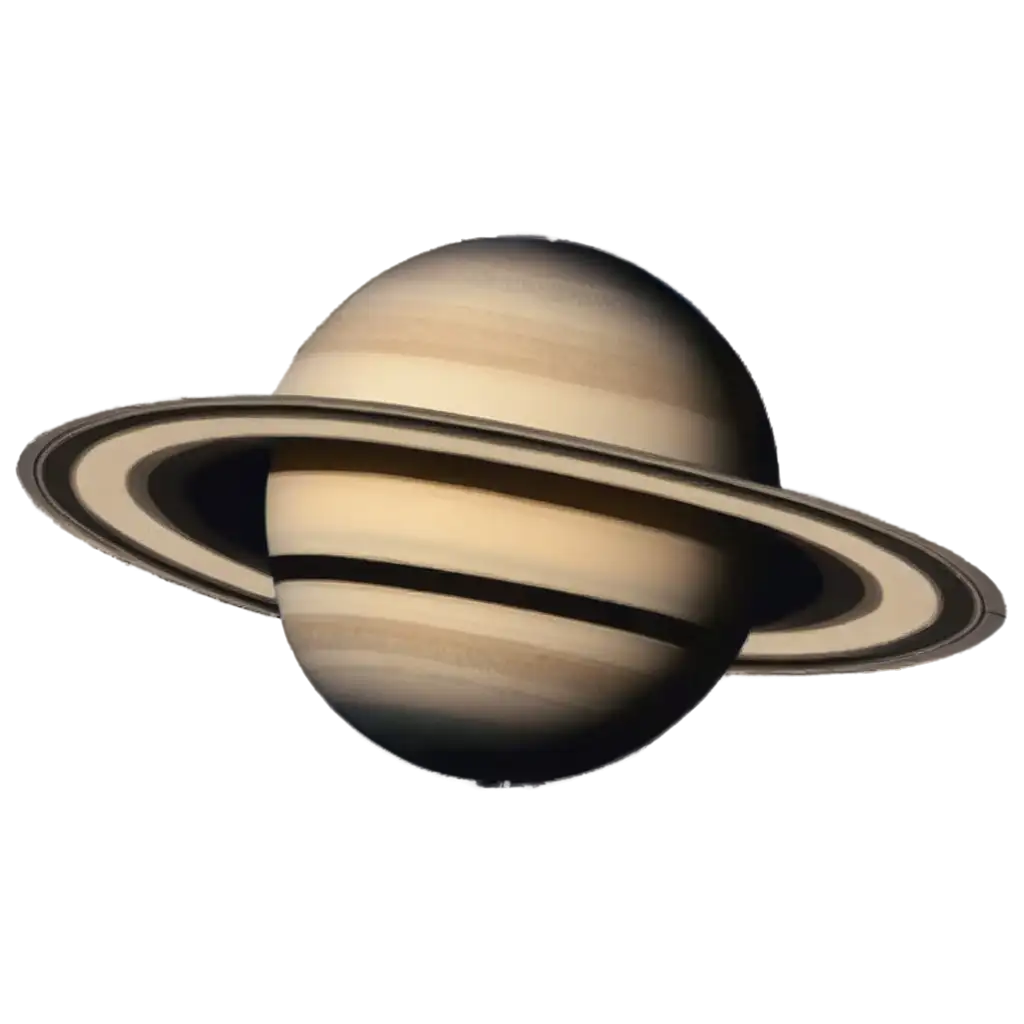
Related Tags
AI-generated planetary science visualization represents a revolutionary approach to astronomical illustration. Unlike traditional space photography, which is limited by telescope capabilities and physical constraints, AI-generated images can provide detailed interpretations of theoretical concepts and hard-to-capture phenomena. These visualizations combine real scientific data with artistic interpretation, allowing for the creation of images that range from scientifically accurate planetary surfaces to speculative views of exoplanets. The technology enables the generation of images that would be impossible to capture through conventional means, such as detailed cross-sections of planetary interiors or dynamic visualizations of atmospheric processes.
Understanding AI-Generated Planetary Science Visualization
AI-generated planetary science images serve crucial roles in both educational and research contexts. In education, these visualizations help students understand complex astronomical concepts through clear, engaging visual representations. They're particularly valuable for illustrating phenomena that occur at extreme scales or in environments hostile to human observation. In research, these images assist in hypothesis visualization, data interpretation, and communication of scientific findings to both peers and the public. Common applications include creating visual models of planetary formation, illustrating geological processes on other worlds, and depicting theoretical concepts like black hole dynamics or solar system evolution. The ability to quickly generate and modify these visualizations makes them invaluable tools for scientific communication and exploration.
Applications of AI Planetary Science Images in Education and Research
AI-generated planetary science photos encompass a wide range of artistic and technical styles. Photorealistic renderings aim to create highly detailed, scientifically accurate representations of celestial bodies, often incorporating data from space missions and telescopic observations. Artistic interpretations may take more creative liberties, offering imaginative views of cosmic phenomena while maintaining scientific plausibility. Technical illustrations focus on structural clarity, often including cutaway views, diagrams, or sequential representations of astronomical processes. Each style serves different purposes, from educational materials and scientific publications to public outreach and artistic exploration of space themes. The versatility of AI generation allows for seamless switching between these styles, enabling creators to choose the most effective visual approach for their specific needs.
Diverse Styles in AI Planetary Science Imagery
The future of AI-generated planetary science imagery promises exciting developments in both capability and application. Emerging trends include the integration of real-time data from space missions to create up-to-date visualizations, enhanced photorealism through advanced machine learning models, and interactive elements that allow users to explore different aspects of celestial bodies. We're also seeing the development of AI systems that can generate scientifically accurate representations of hypothetical scenarios, such as the appearance of potentially habitable exoplanets or the effects of different atmospheric compositions. These advancements are making space science more accessible and comprehensible to both researchers and the general public, while opening new possibilities for scientific visualization and discovery.
Future Trends in AI-Generated Space Visualization